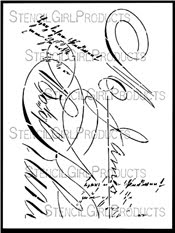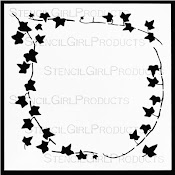StencilGirl Talk: Mary Beth Shaw's VLOG: March 2022
-
StencilGirl Talk: Mary Beth Shaw's VLOG: March 2022: Join Mary Beth in
Amsterdam and Paris! Click here for more information and registration!
Wednesday, June 25, 2014
Friday, June 20, 2014
Tuesday, June 17, 2014
Wednesday, June 11, 2014
Sunday, June 8, 2014
Subscribe to:
Posts (Atom)




















































































